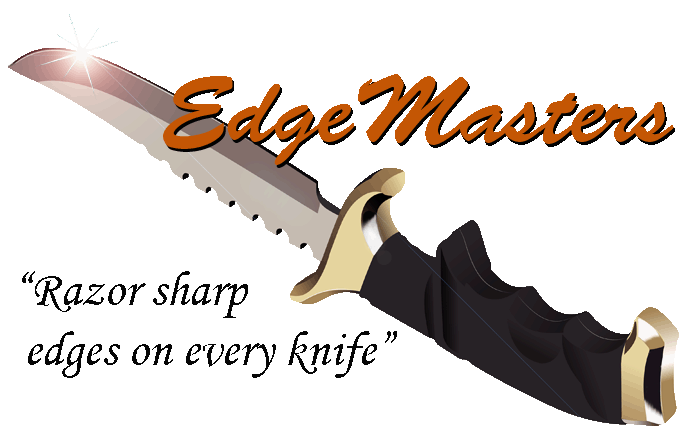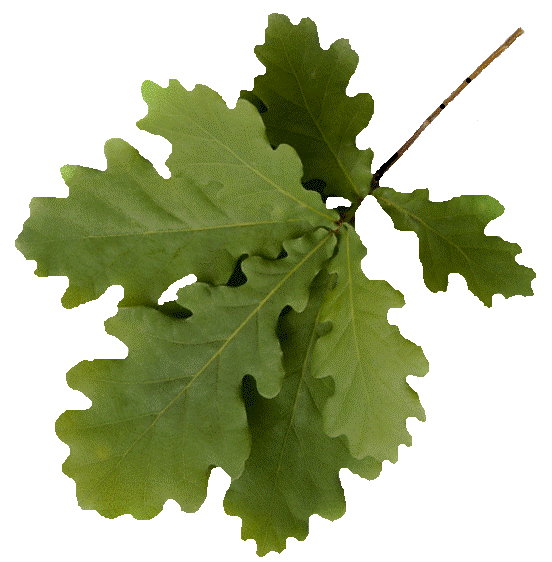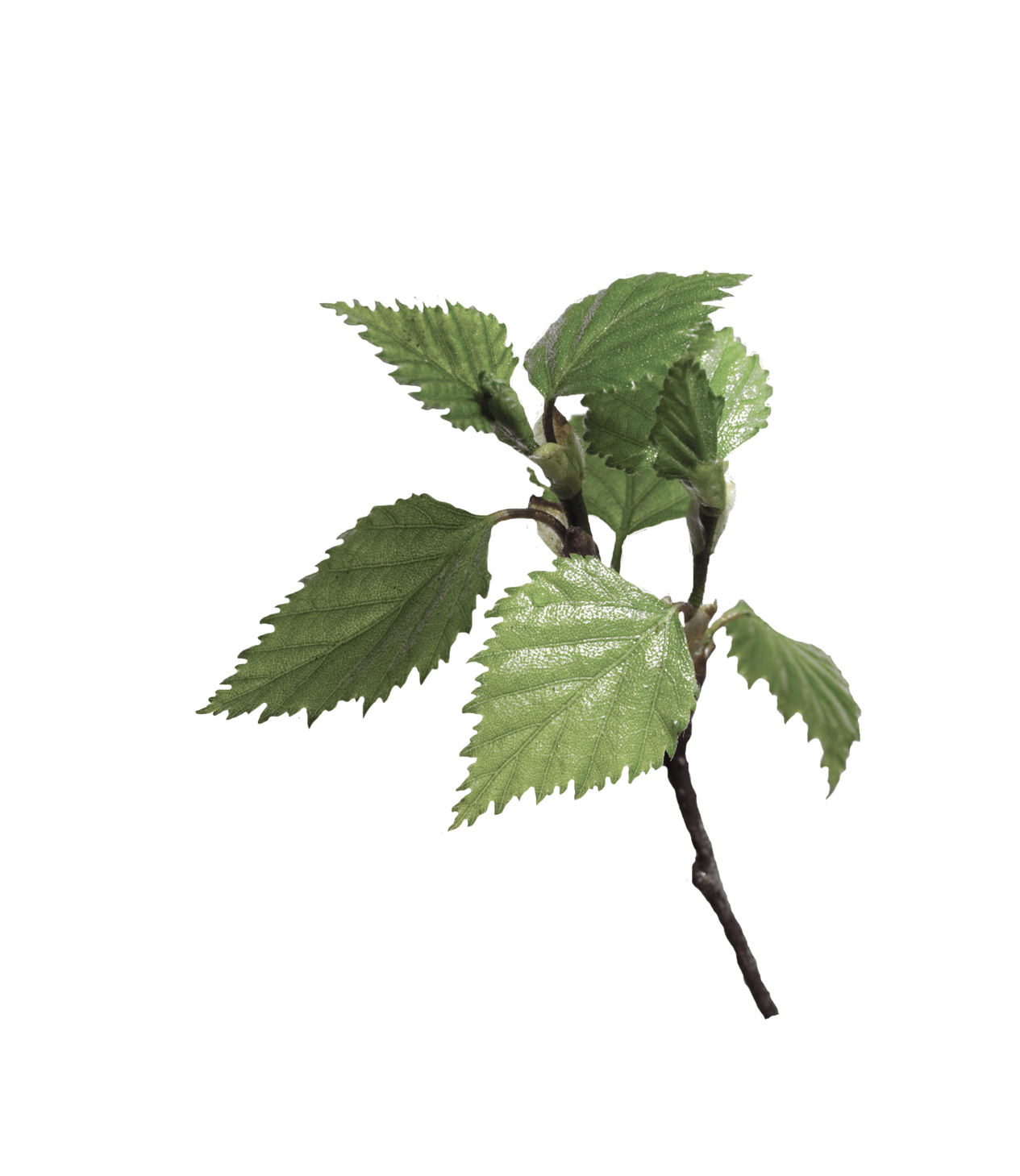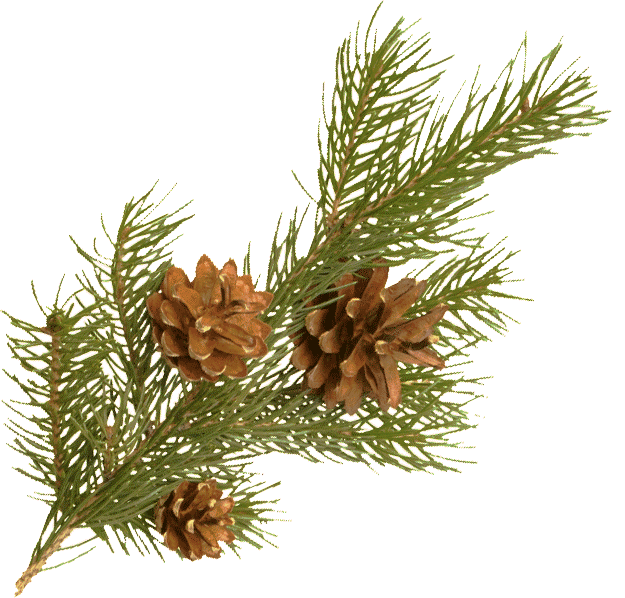EdgeMasters - Natural Sharpening Stones
Proverbs 27:17 "As iron sharpens iron, so one man sharpens another."
Natural Sharpening Stones
The scarcity of quality natural sharpening stone has caused high prices for these types of consistent stone. Lesser quality stones have problems of consistency and may have occasional larger pieces of grit or soft spots. With this in mind, and with modern technologies, artificial stones have come to the market. There have been a variety of formulations over the years and the quality of artificial stones continues to improve, so much so that many carpenters have converted to synthetic stones altogether. Sword polishing is still most commonly performed with extremely costly and rare natural polishing stones, as the visual results of polishing on a synthetic stone tend to produce a mirror-like surface, rather than the grain revealing polish of the natural stones.
One of the most revered natural whetstones is the yellow-gray Belgian coticule, which has been quarried for centuries from the Ardennes. The slightly coarser and more plentiful "Belgian blue" whetstone is found naturally with the yellow coticule in adjacent strata; hence two-sided whetstones are available, with a naturally occurring seam between the yellow and blue layers. These are highly-prized for their natural elegance and beauty, as well as for providing both a fast-cutting surface for establishing a bevel and a higher-grit surface for refining it.
For most users artificial stones offer many improvements over the natural stones of the past. The high cost and difficulty of obtaining quality natural stones make them impractical for most. Whetstones may be natural or artificial stones. Artificial stones usually come in the form of a bonded abrasive composed of a ceramic such as silicon carbide (carborundum) or of aluminum oxide (corundum). Bonded abrasives provide a faster cutting action than natural stones. They are commonly available as a double-sided block with a coarse grit on one side and a fine grit on the other enabling one stone to satisfy the basic requirements of sharpening. Some shapes are designed for specific purposes such as sharpening scythes, drills or serrations.
Finer grades of whetstones intended for use with oil (though, again, water can also be used) are called oilstones. Oilstones usually come in the form of bench stones. One of the natural minerals that is commonly used in oilstones is Novaculite. Examples of stones made from Novaculite include Arkansas, Ouachita or Washita stones from the Ouachita Mountains in Arkansas. These stones come in various grades and colors, with the finer stones being denominated "surgical black" or "pink translucent". Novaculite is a stone from the Devonian and Mississippian periods. It is a sedimentary rock that is composed mostly of microcrystalline quartz and is basically a recrystallized variety of chert. It is also the main material in Charnley Forest and Turkey oilstones.
If you enjoy the time it takes to put a nice edge on a knife with a natural stone, we hope this article has provided you with some good insight to sharpening knives on stones.
Professional Knife Sharpening
719-475-8553








